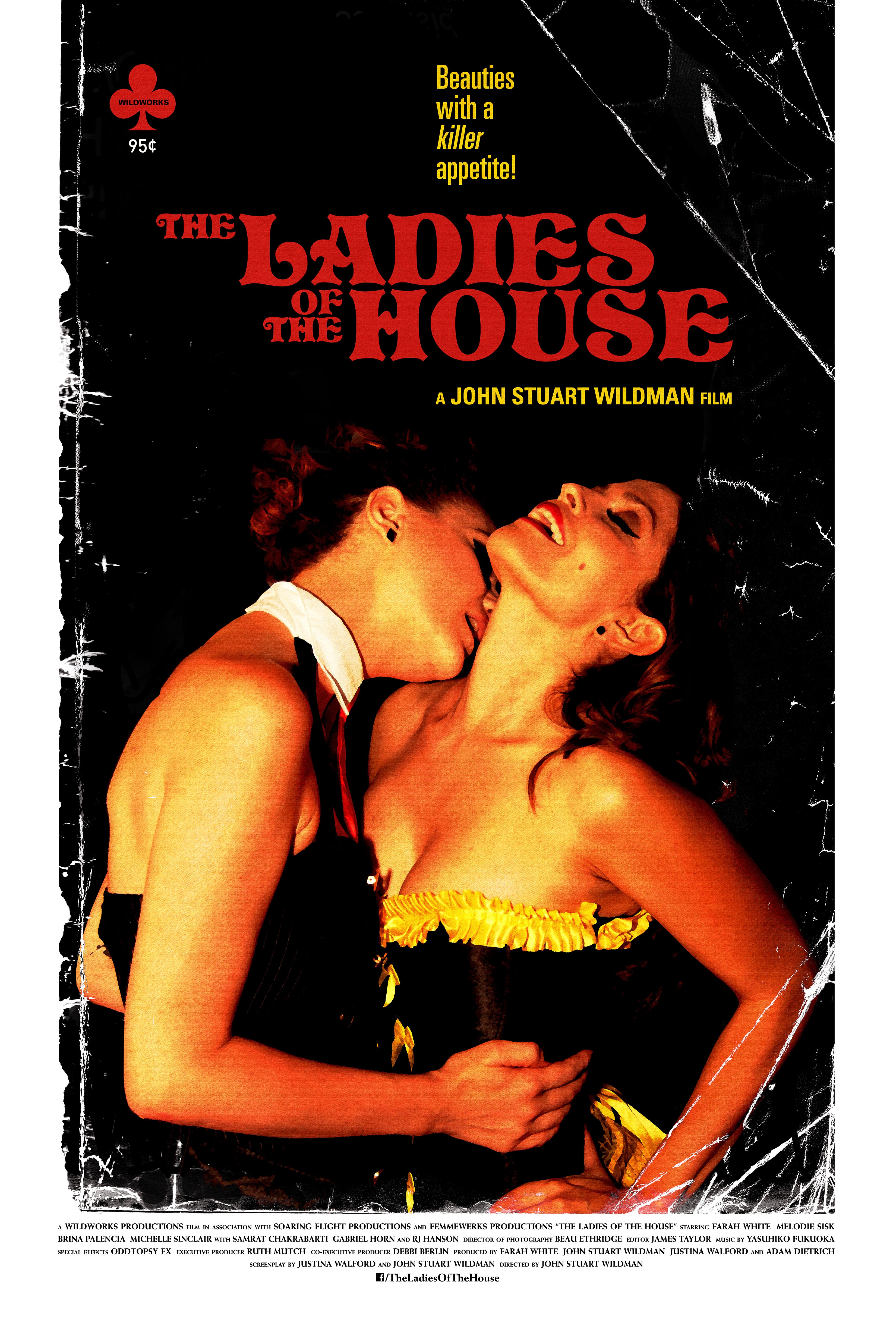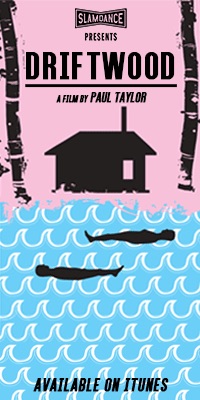“I’m the shadow behind the paintings.” – Richard Hambleton
Any serious culture hound is familiar with New York’s East Village art scene in the 1980’s. Buoyed by established figures like Andy Warhol, unforgettable painters like Jean-Michael Basquiat and Keith Haring rose out of that time and place, leaving an indelible mark upon art history and pop culture alike. Total legends – everybody knows Haring and Basquiat, right? Very few, however, know about the third huge name sprouting from that bunch: Richard Hambleton. In the early days of that movement, these three could be found at gallery openings showing their work together, the toast of the avant-garde underground. There was a time when his work literally haunted the streets of a very dangerous and gritty city. Offers and sales were coming in. All these years later, he’s a virtual unknown, even in collector’s circles, while you can’t buy an original Haring or Basquiat without millions in your pocket. Yet his are among the most striking works of the era and his method is absolutely the stuff of legend. So what gives? Why isn’t this man as much as a household name as his uber-hip contemporaries? That’s what Oren Jacoby’s engaging documentary Shadowman sets out to uncover.
Immediately, the film captures the essence of this erratic and singular virtuoso. His life is almost a caricature of the outlaw street artist. Creating spontaneous splatter-paint shadow figures, using any public wall he could decorate, Hambleton’s graffiti approach was far more subversive than his more famous compatriots. Archival footage shows this madman in a trench coat striking in the middle of the night with a can of paint and a brush, slapping life-size human figures into life, like a frenetic combination of Pollock and Picasso. Presaging Banksy by decades, his modus operandi was to leave behind stark, enigmatic harbingers for passers-by to encounter. And he would make the complete piece in minutes. Watching him do his thing is mind-blowing. An alchemy of reckless abandon and visionary control produced his shadow legion, adding a potent surreal layer to the downtown scene’s thriving artistic environment. This guy was a true punk rock painter and he lived it as authentically as anyone could.
Which, of course, became the problem. In concert with celebrating Hambleton’s achievements, the film looks unflinchingly at the insanity and degradation which is the artist’s very messed up life. As the details unfold, we find some of the usual suspects behind self-destructive geniuses. More surprising are the nuances of this troubled man’s path, the almost pure motivations which repulsed him away from success, intermingling with the frailty of a human being succumbing to an endless parade of indulgence and personal neglect. A lot of this isn’t pretty. There’s a Dorian Grey quality to the narrative, except Hambleton hurts himself a lot more than he hurts anyone else. The backdrop to all this is never forgotten, though. His paintings are lovingly recorded and paraded for the camera, the director’s love for the work almost omnipresent throughout the documentary. It’s a very balanced approach, avoiding both the pity party and the cult worship which audiences are often easily manipulated by. Jacoby goes to great lengths to respect both viewer and subject.
It must also be added that the director had to go to a lot of trouble to make this film. His job was to keep on top of a dismissed, reclusive lunatic, living in squalor, who has alienated just about anyone he ever met. There are moments in the film that are just people knocking on Hambleton’s door, waiting for him to answer to a scheduled appointment, to no avail. It’s a testament to patience and tenacity that such a compelling documentary was even realized. But it was all worth it. We get to see the artist work – it’s a stunning display. We get to see how he lives, literally covered in paint all the time while being almost a living crime scene unto himself. And through it all, we are really watching his demise. The way Hambleton himself puts it: “Basquiat was dead when he died, I was alive.” Whether you leave the film feeling this man is dead or alive, it is undeniable that his work is eternal, vibrantly infused with a spark of transcendent vivaciousness. That’s the gift the artist has left for us, and the gift this film so generously imbues to its audience.











READER COMMENTS